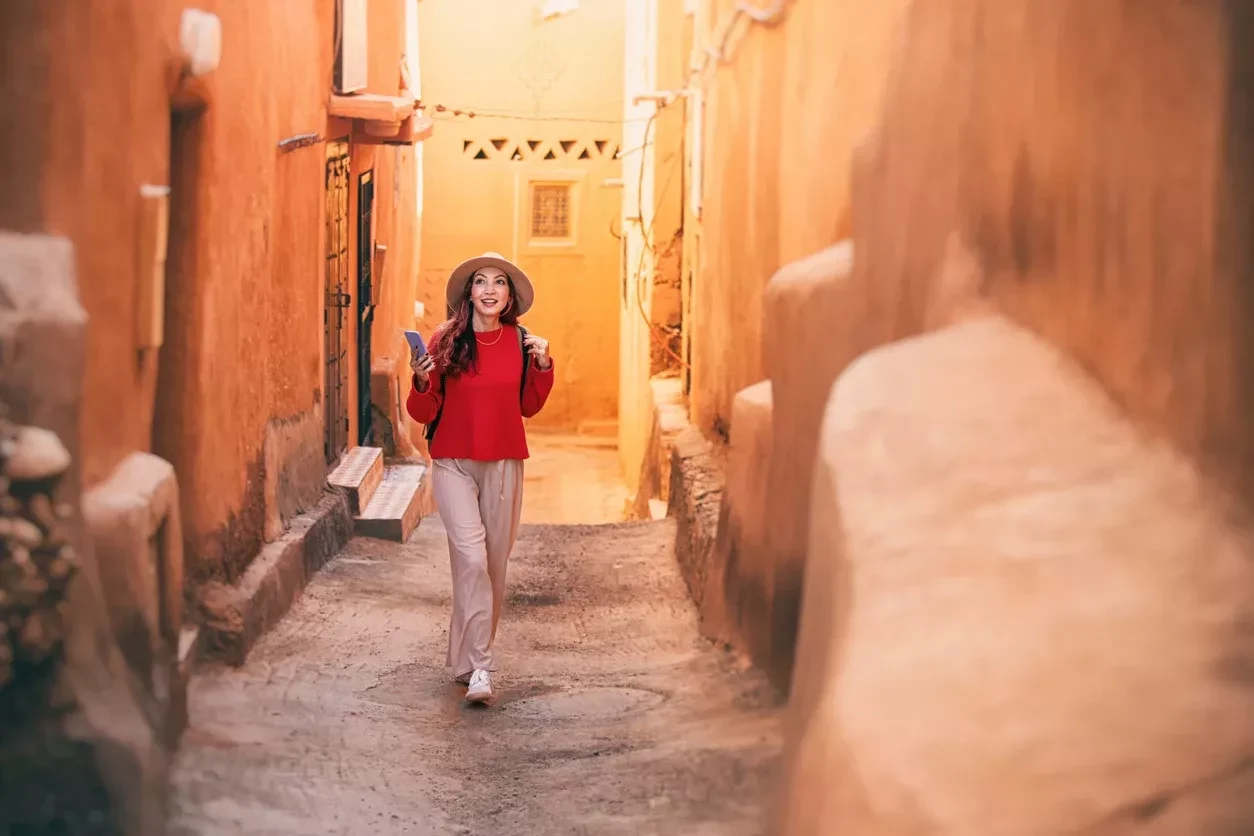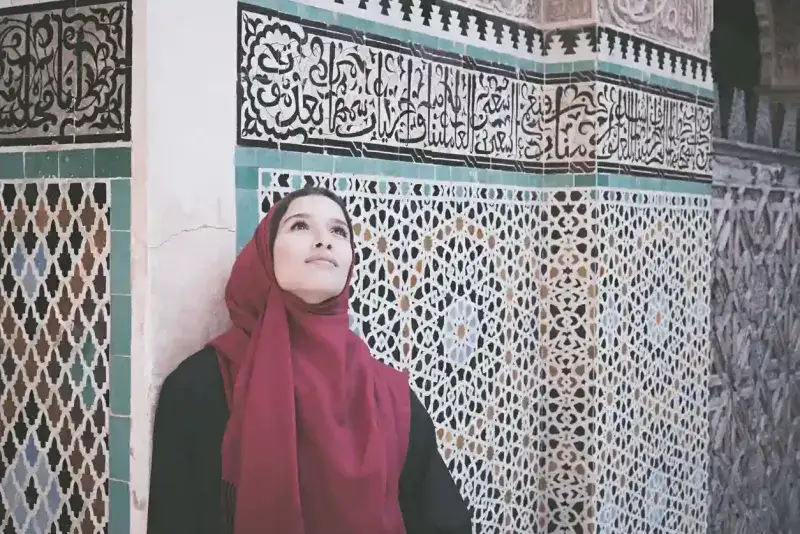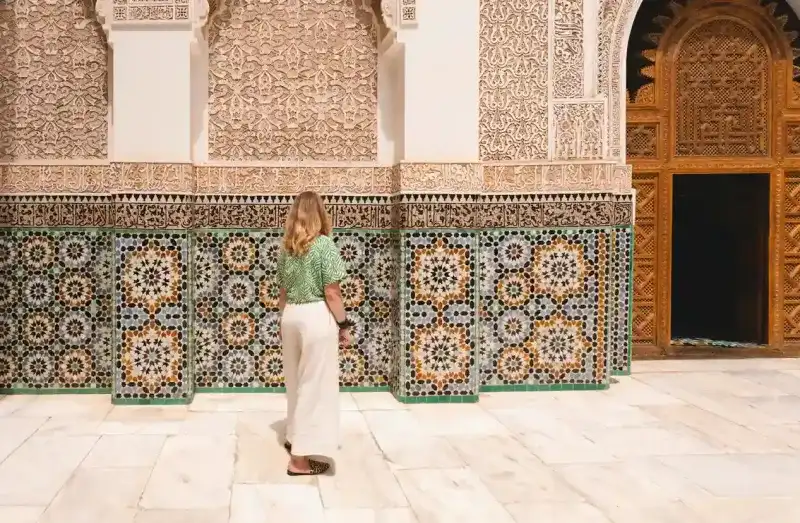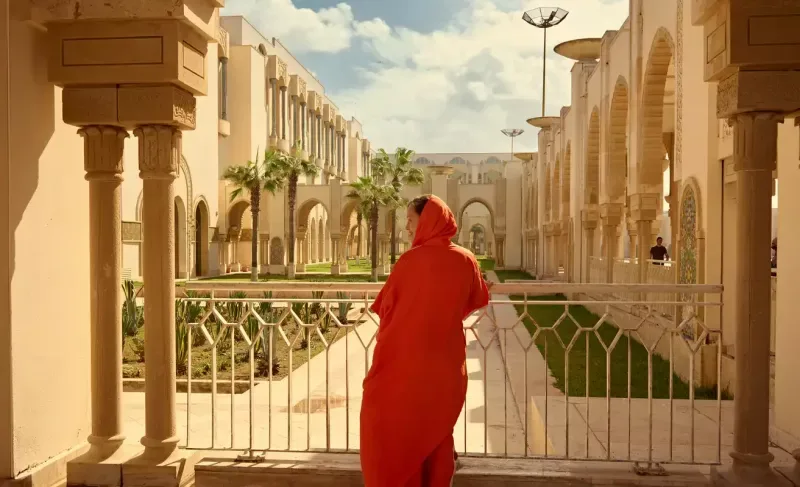Morocco presents a fascinating paradox for travelers preparing their luggage. This North African kingdom spans dramatic geographical extremes from the snow-capped Atlas Mountains to the golden dunes of the Sahara Desert, from bustling imperial cities to tranquil Atlantic coastlines. Temperature variations can shift from scorching 40°C desert heat during midday to surprisingly cool mountain evenings that require warm layers.
The country's rich Islamic heritage and Berber traditions also shape appropriate travel attire. Morocco's predominantly Muslim population values modesty, and visitors who dress respectfully often find themselves welcomed more warmly into local communities and sacred spaces. This cultural awareness becomes particularly important when exploring centuries-old medinas or visiting architectural marvels like the Hassan II Mosque.
This detailed packing guide addresses Morocco's unique geographical and cultural considerations while ensuring optimal preparation for diverse experiences. Ancient medinas feature narrow, cobblestone pathways that challenge even experienced travelers with their uneven surfaces. Meanwhile, Morocco's dual coastlines offer spectacular views where the Atlantic Ocean meets the Mediterranean Sea, each requiring different gear considerations. Most international airlines enforce a 23-kilogram luggage limit, making strategic packing essential for avoiding excess baggage fees.
The following sections provide expert recommendations spanning modest clothing selections to specialized technology, creating a balanced approach that honors local customs while maximizing travel comfort and enjoyment.
What you'll discover:
- Essential clothing that respects local customs while keeping you comfortable
- Footwear and accessories suited for Morocco's diverse terrains
- Must-have health items and toiletries
- Tech gear to document your Moroccan adventure




